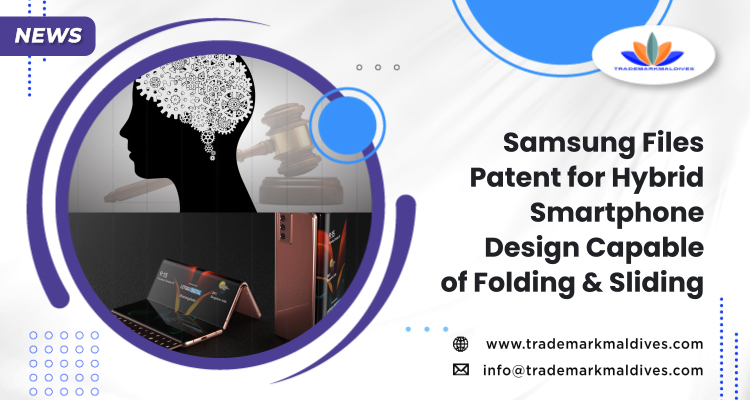A recent Patent Application filed in India by Honda (a Japanese public multinational conglomerate holding expertise in manufacturing automobiles, motorcycles, and power equipment) shows that the company is working efficiently on an airbag system for its scooters. The patent drawings of this specific case demonstrate the airbag system mounted on a petrol-powered model belonging to Honda’s PCX line-up. It indicates that this model is where we could expect to see the airbag system being deployed.
As per the Patent Filing, some of the vital aspects of Honda’s airbag system in scooters are as follows:
- The system uses a single airbag directed at the front and mounted near the handlebar;
- An inflator is placed adjacent to the airbag; and
- Accelerometers are used to detect a vehicle crash.
When we talk about the pioneers of airbag technology on two-wheelers, Honda makes it to the list with a series of touring motorcycles manufactured by it called the Gold Wing. The Honda Gold Wing motorcycles are offered with a robust airbag system. Now, the patent filing in question shows that the company is working sincerely towards employing the airbag system on its line of scooters as well.
The patent application shows an airbag directed at the front and mounted near the handlebar of one of Honda’s petrol-powered PCX models. A small cylindrical housing aft of the headstock comprises the airbag and the inflator, which is likely to be a canister filled with compressed gas. The said airbag system is still a project under development. The reason behind the same is that previous patent filings show the airbag housing placed ahead of the handlebar, while in the current patent filings, the airbag housing is placed closer to the rider.
The airbag system features a control unit, which receives data from the accelerometers and sends the command to inflate the airbag. The accelerometers are used to detect a vehicle crash, after which the control system sends the command for inflation.
Among the several other technologies presently being developed by Honda is a new hub motor, also known as an in-wheel motor. It has also been recently patented in India. According to various reports, it could be incorporated into one of Honda’s upcoming electric scooters in the Indian market. For more visit: https://www.trademarkmaldives.com
Don’t forget to follow us on social media:
Facebook – https://www.facebook.com/trademarkmaldives/
Twitter – https://twitter.com/trademarkmaldiv
Linkedin – https://www.linkedin.com/company/trademarkmaldives/
Pinterest – https://in.pinterest.com/trademarkmaldives/











Comments